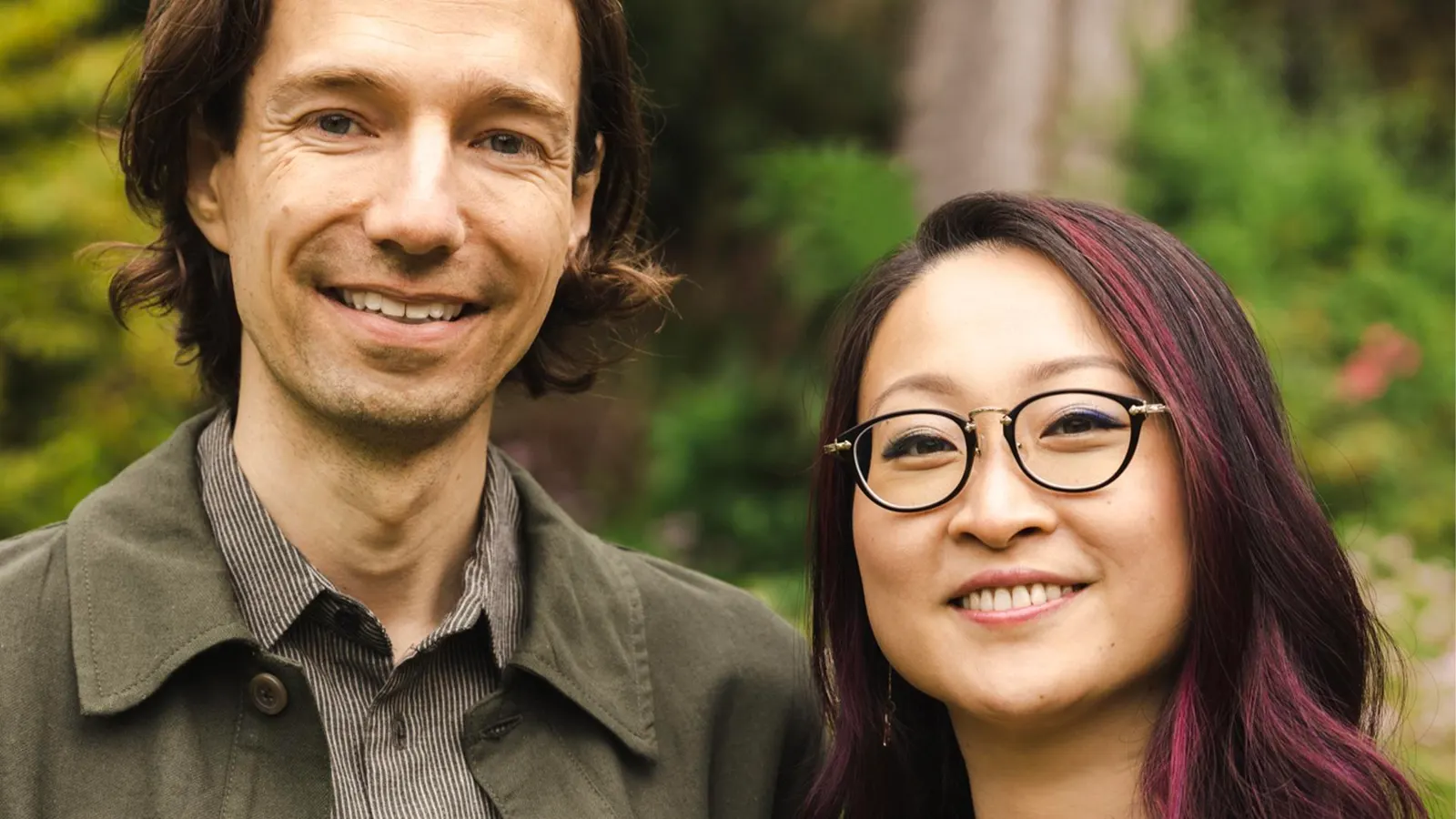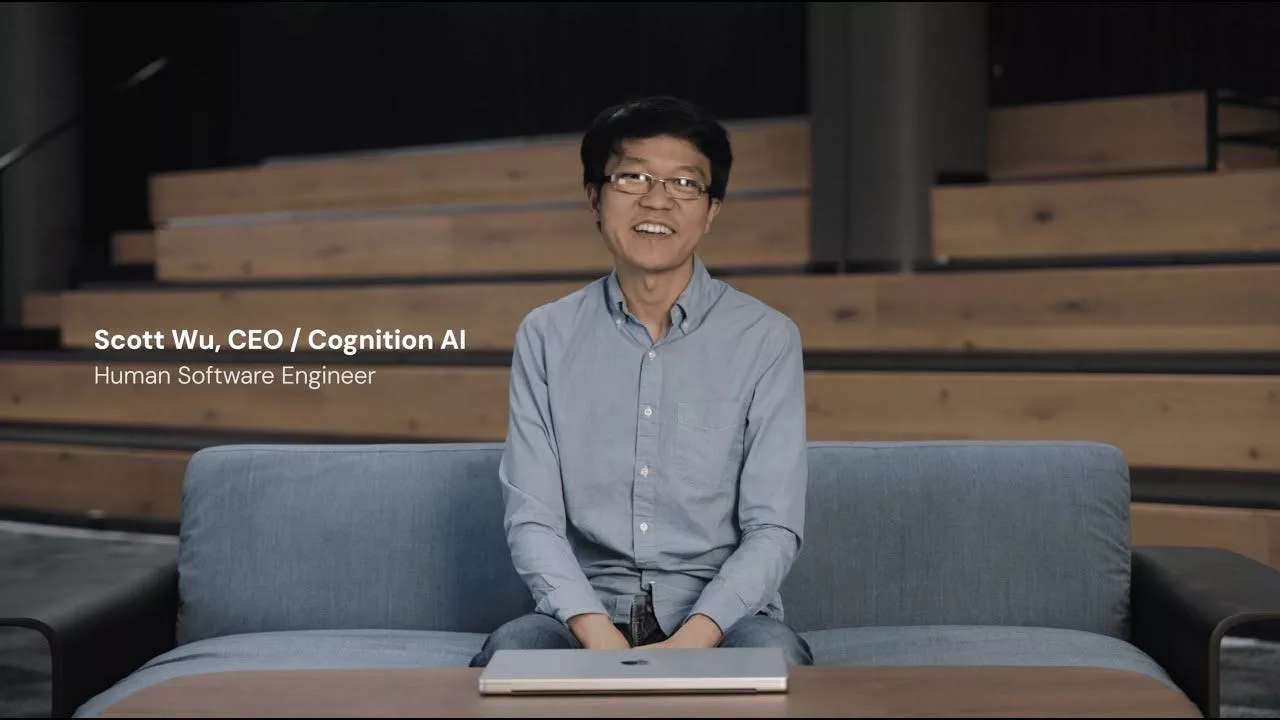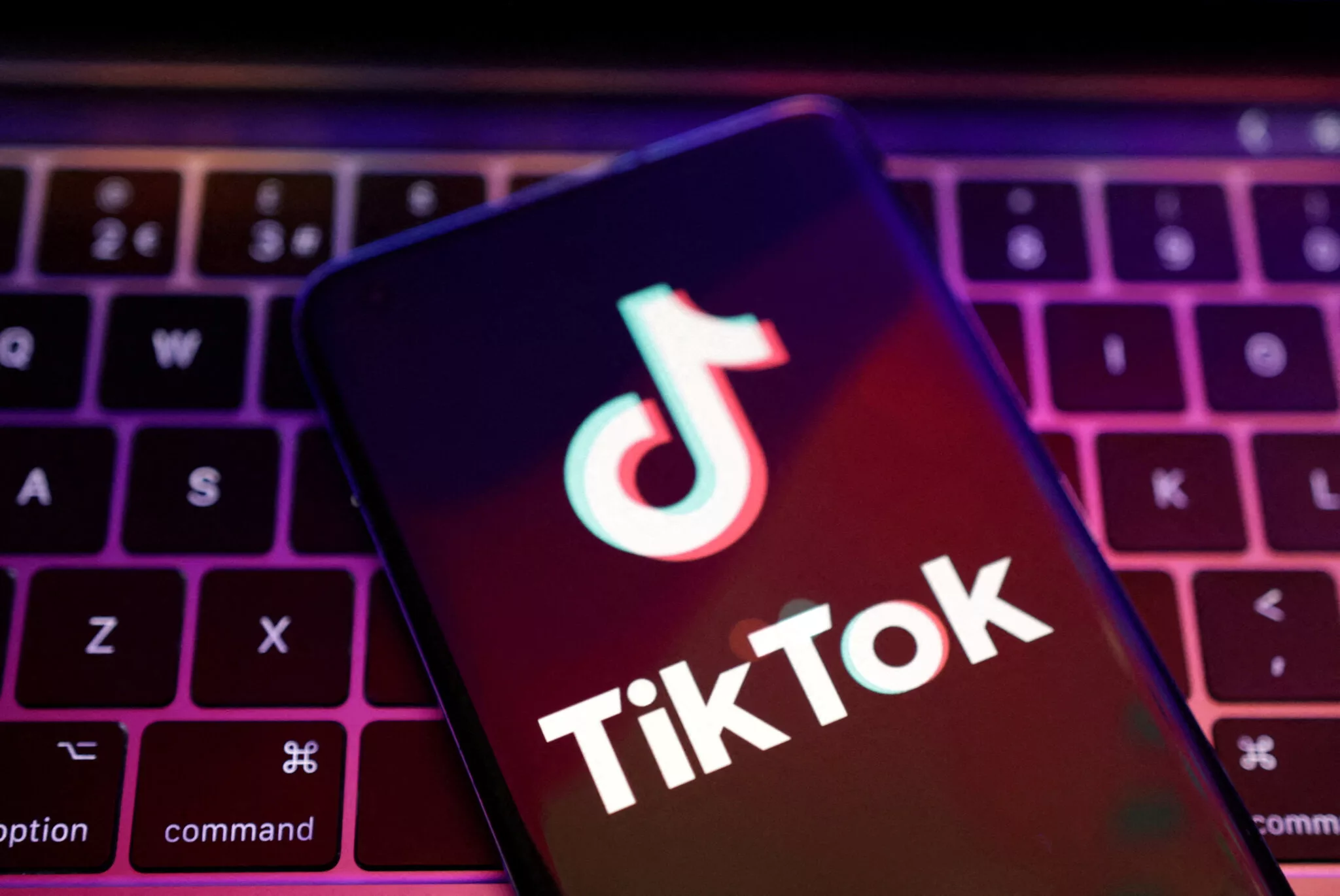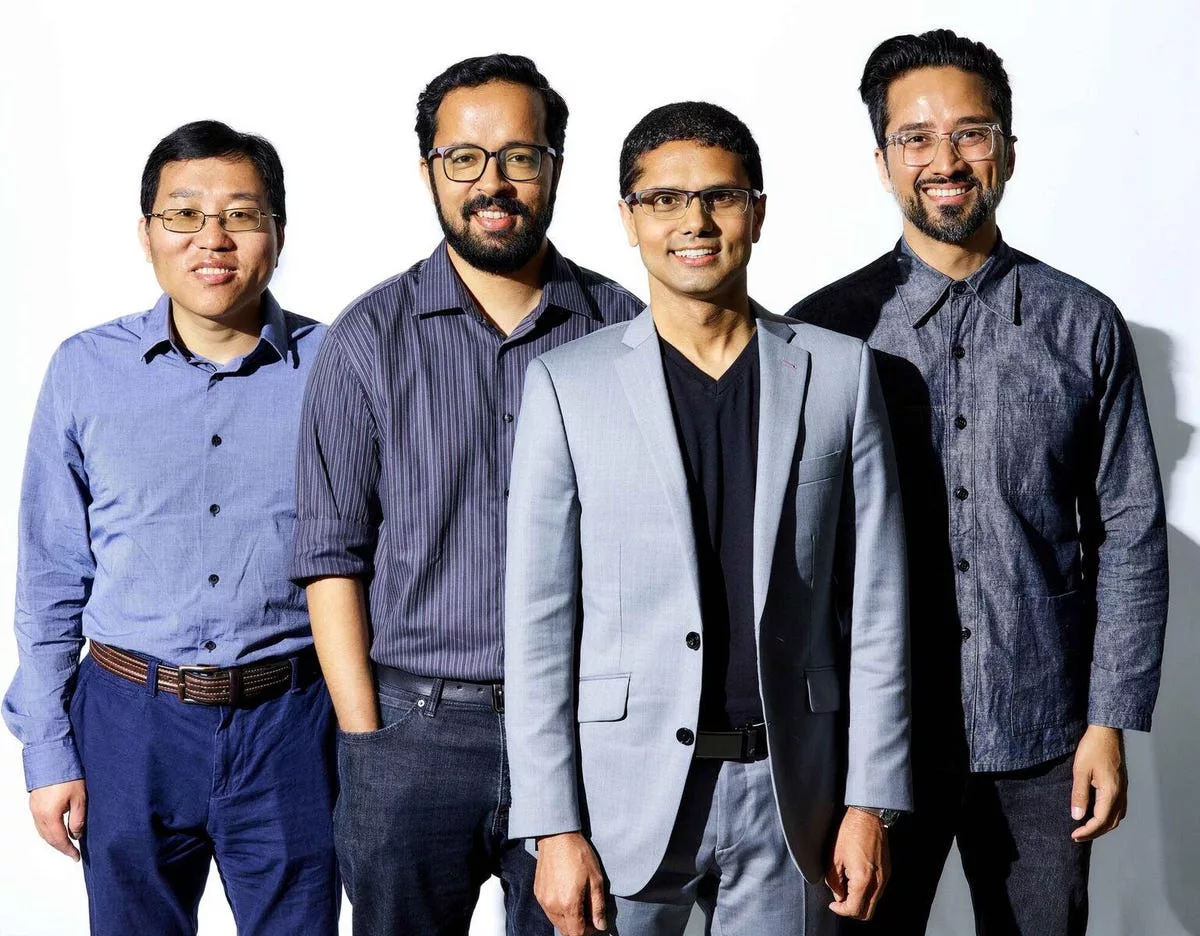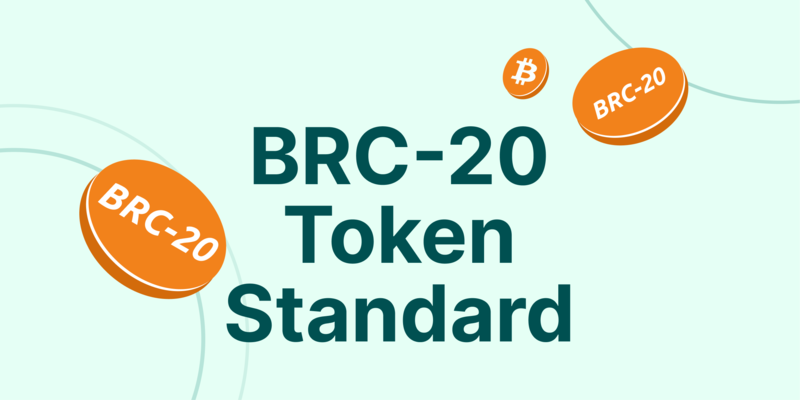A new era in education, a transformative phase in educational paradigms, is springing from the wells of artificial intelligence (AI) and robotics into traditional learning environments. Robot teachers, as seen in countries like India, Japan, and the United States encapsulate a remarkable fusion of technology and pedagogical practices, potentially redefining the landscape of education. Such tech developments prompt a reevaluation of existing educational norms, echoing Franz Boas’s caution in “The Shackles of Tradition” a metaphor against complacency and the danger of stifling progress by holding too tightly to tradition
Connecting disparate ideas helps to change our perception regarding the conflicts, contrasts, and contradictions that arise when we consider the role of AI in education. By recognizing the limitations of our current educational practices, we can begin to explore new ways of teaching and learning that may better serve the needs of students.
Strange to be ignorant of the way things work:
Philip Larkin, The Whitsun Weddings (1963)
Their skill at finding what they need,
The incorporation of AI into classrooms compels us to revisit traditional pedagogies. Just as the poet Philip Larkin challenges our minds to connect disparate images and ideas in his works, the concept of robot teachers asks us to apprehend a different relationship between education, learners, and technology.
In Thiruvananthapuram, Kerala, India, at KTCT Higher Secondary School, funded by the Kaduvayil Thangal Charitable Trust, the introduction of Iris (Greek goddess of the rainbow), the sari-donning AI humanoid robot teacher, embodies such a marriage of science and art. Developed by Makerlabs Edutech, Iris represents a startling transformation in the educational landscape with the potential for personalized learning experiences and increased access to education. Iris is part of the Atal Tinkering Lab initiative, a project launched in 2021 by NITI Aayog, the Indian government’s policy think tank.
However, the introduction of robot teachers also raises concerns, particularly in the area of embodied cognition. Embodied cognition, the theory that cognitive processes are deeply rooted in the body’s interactions with the world, suggests that learning is not merely a mental activity but one that involves the physical self in a significant way. This perspective underscores a potential shortcoming of robot teachers, which, by their very nature, may lack the ability to engage with students in a fully embodied manner. As Iris starts teaching such a limitation could impede the development of certain cognitive processes for students, particularly those involving physical interaction and the nuanced, non-verbal communication cues humans naturally use in teaching and learning environments.
In the US, schools are actively seeking innovative solutions to address the ongoing teacher shortage, and Manara Academy in Arlington, TX is pioneering the use of robotics to enhance educational delivery. This initiative is particularly significant at Manara Academy, which serves a diverse student body, including a recent influx of newcomers who are English Language Learners (ELLs). ELLs face the dual challenge of grasping complex academic content while simultaneously acquiring English language proficiency.
Of concern is the potential impact on teachers’ job security. As a Goldman Sachs study reveals, a substantial portion of employment opportunities, including nearly two-thirds of positions in the United States and Europe, could be impacted by advancements in generative artificial intelligence, technologies exemplified by generative AI, and multimodal AI systems. Multimodal AI systems are designed to understand and process information from different modalities, such as textual, visual, and auditory data, allowing for the integration of these diverse inputs into a coherent output. Such capabilities have profound implications for content creation, data analysis, and interactive applications. The Goldman study suggests that up to 300 million full-time roles globally are susceptible to automation, particularly affecting white-collar professions.
As we navigate this brave new world of AI-assisted learning, we must temper the enthusiastic integration of AI and robotics in education with caution. In Old Norse Prose Edda, the Mead of Poetry is a powerful symbol of the transformative nature of knowledge and wisdom. The mead, created from the blood of the wise being Kvasir and fiercely sought after by gods and giants, represents the idea that the pursuit and acquisition of knowledge can be a transformative and empowering experience.
When we consider the role of robots, AI, and human teachers in our current landscape, we can draw parallels to the story of the Mead of Poetry. Just as the gods and giants fought over the mead, there is an ongoing debate about the relative merits and drawbacks of using technology versus human instructors in education. The contention between the divine and the earthly for possession of mead symbolizes the ongoing discourse regarding the efficacy and appropriateness of integrating technology into education. On one side of the debate, proponents argue that technological tools like AI and educational robots can democratize access to information, much like the mead enabled all who drank it to become poets and sages, irrespective of their divine or mortal status. These technologies, proponents assert, offer personalized learning experiences, accessible education, and the potential to enhance pedagogical strategies, thus embodying the transformative power of the Mead of Poetry. On the other side, skeptics caution that without equitable access these technological advancements could widen the educational divide.
Robots and AI, like the Mead of Poetry, have the potential to provide learners with access to vast amounts of information and personalized learning experiences. They can process and analyze data at a speed and scale that humans cannot match, potentially unlocking new insights and discoveries. AI-powered educational tools can adapt to individual learning styles, provide instant feedback, and offer targeted resources to help students acquire knowledge more efficiently.
However, just as the Mead of Poetry was created from the blood of Kvasir, who was born from the mixing of divine essences, the most transformative educational experiences may come from the collaboration between human teachers and AI. Human teachers bring a unique set of skills and qualities to the classroom, such as empathy, creativity, and the ability to inspire and motivate students. They can provide the emotional support and guidance that is essential for student well-being and personal growth.
As Henri Poincaré suggests, “Among chosen combinations [of ideas] the most fertile will often be those formed of elements drawn from domains which are far apart. Most combinations so formed would be entirely sterile, but certain among them, very rare, are the most fruitful of all.” The integration of AI and robots in education presents an opportunity and challenge for cross-fertilization across disciplines, asking for interdisciplinary thoughts to bridge connectivity between different worlds. Teachers may one day use AI tools to enhance their teaching, personalizing learning experiences and providing targeted support to individual students leaving them free to focus on the aspects of education that require human connection, creativity, and social-emotional skills.
This article has been produced by Dr. Jasmin (Bey) Cowin, Associate Professor and U.S. Department of State English Language Specialist (2024) As a Columnist for Stankevicius she writes on Nicomachean Ethics – Insights at the Intersection of AI and Education.





